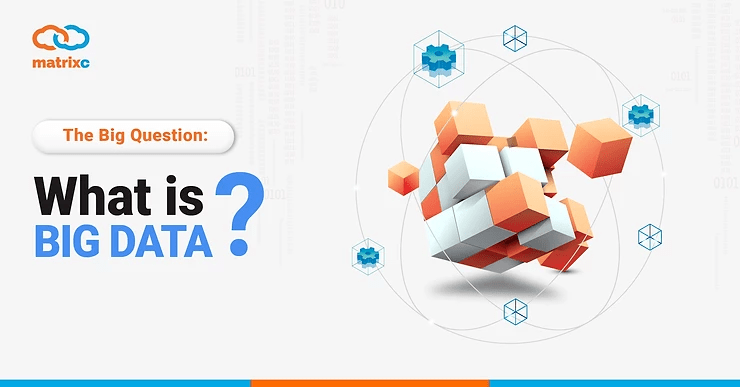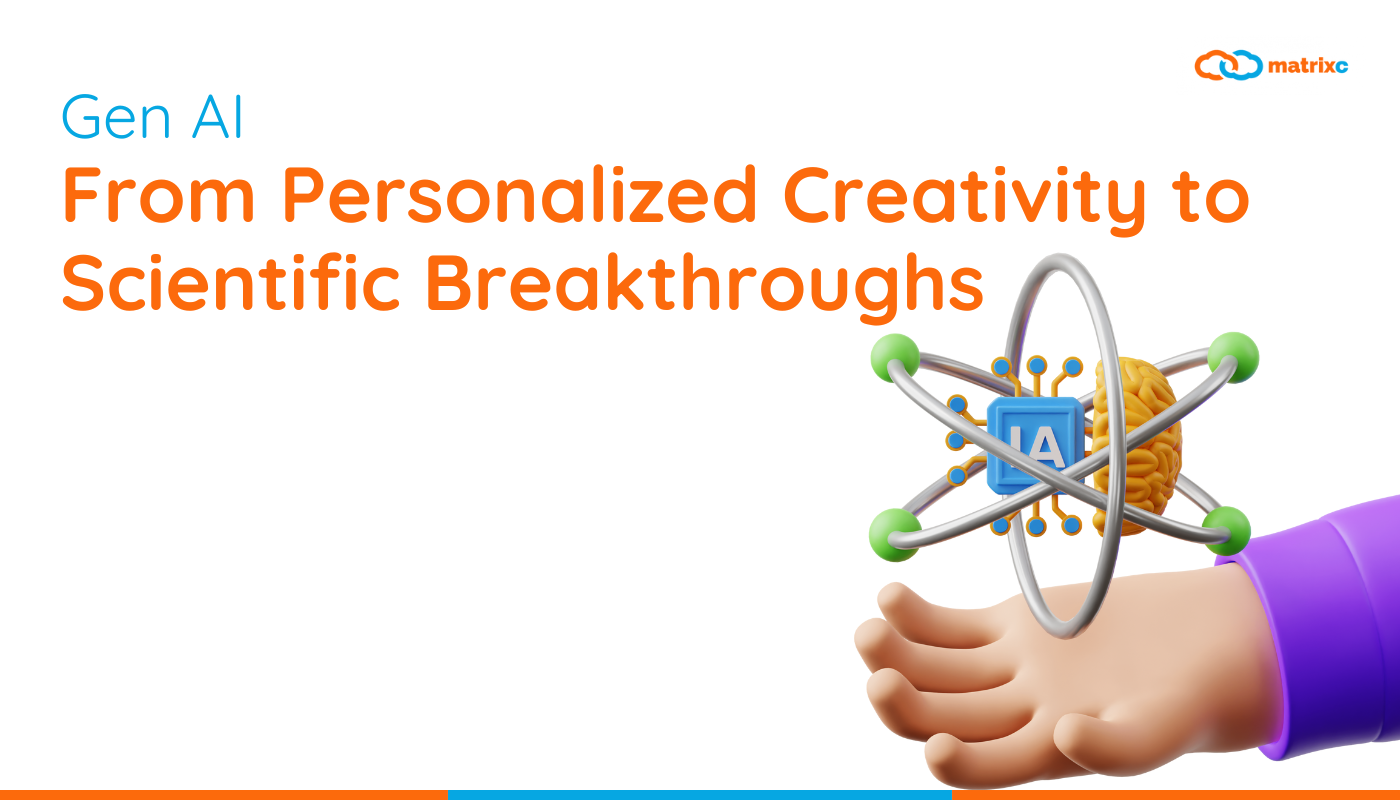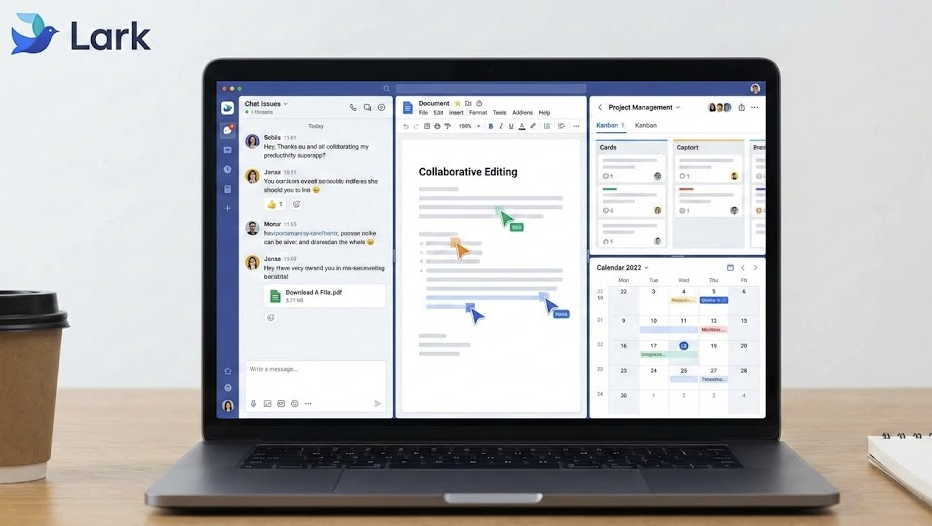The Big Question: What is Big Data?
I’m sure up until now, notwithstanding the hyped trends of Big Data, most of us who are not from the IT background aren’t sure what Big D stands for. Today, we are going to uncover this myth together to make sure that all of you get the gist of what the hype is about.
So, what exactly is Big Data?
Let’s start with what Data is. Data is a collection of facts, information in the forms of numbers, measurements, observations, and descriptions of things. In the world of technology, we’re currently in, Data plays a huge role in everything we do, as it gives insights into our response to things, which dictates the behaviors that we have.
Big Data then, as the name suggests, means data but with a huge size. It is a term we use to describe a collection of data that is huge in volume and yet growing exponentially with time. Let us give you a relevant scenario – we all use smartphones but have you ever wondered how much data it generates in the form of texts?
Phone calls, emails, photos, videos, searches, and music. Approximately 40 exabytes of data gets generated every month by a simple smartphone user. Now, imagine this number is multiplied by 5 billion smartphone users. That’s a lot for our mind to even process, isn’t it? In fact, this amount of data is quite a lot for traditional computing systems to handle and this massive amount of data is what we term as the Big Data.
When Data is so large and complex, to the extent that none of the traditional data management tools are able to process it, this is when the Big Data kicks in.
Big Data is a combination of old and new technologies that bring the capabilities to manage a huge volume of disparate data, at the right speed, to allow real-time analysis and reaction. Big Data is typically broken down into two forms:
- Structured
- Unstructured
Structure Data
Any data that can be stored, accessed, and processed is termed as the ‘structured’ data – it comes in the pattern which makes them easily searchable. The easiest example would be numbers, yes and no answers, ratings, and “more tangible” metrics. Information that can be easily categorized also falls under structured data, such as name, age, and gender. The catch is, as long as the data is coded in a specific format and the search engines understand it and use it to display search results in a specific and much richer way.
Unstructured Data
Unstructured data comes in unpredictable forms, forms such as documents, emails, blogs, digital images, and videos. It’s also comparatively difficult to examine unstructured data in typical databases since the information is not in numbers there you need to store them in Word documents of other non-relation databases (e.g. Elasticseach of Solr), which can perform search queries for words and phrases.
Furthermore, since standard data analysis methods can’t be used to pull insights from unstructured data, such data might sometimes be analyzed manually or use specific analysis tools for examination. Therefore, a high level of technical expertise is needed to use these tools effectively.
However, putting the technical part aside, these unstructured data forms the most useful and accurate insights from our target audience. Such data can gauge the value that couldn’t be presented by mere metrics, such as a deeper understanding of your customer’s preference and their sentiment towards your brand.
Besides the type of Data that we have, it is also important to look at the characteristics of Big Data.
- Volume – the name of Big Data itself is rather self-explanatory, which means that the size of the data is usually enormous and the size plays a crucial role in determining the value out of data.
- Variety – Big Data also signified by the nature of its data, either structured or unstructured. During earlier days, spreadsheets and databases were the only sources of data by most applications. However, nowadays, Data comes in different forms such as emails, photos, videos, audio, PDFs, and various others from different applications. This variety of unstructured data poses certain challenges for storage space, mining, and analyzing data.
- Velocity – velocity means speed, also to gauge how fast the data is generated and processed to meet the demands. Big Data velocity deals with the speed at which data flows in from sources like networks, application logs, and social media sites. This flow of data is always massive and continuous.
- Variability – this refers to the inconsistency which can be shown by the data at times, thus hindering the performance and management of the data effectively.
Big Data might sound complicated, but it contributes immensely to our technology development such as follows:
- Businesses can take advantage of outside intelligence for corporate decisions
- Access to social data from search engines and sites like Facebook or Twitter enables organizations to fine-tune their business strategies.
- Improved customer service by taking into account natural language processing technologies to evaluate consumer responses
- Early identification of risks to product or services
- Better operational efficiency
In a nutshell, Big Data technologies can be used as the landing zone for new data for verification and filtration before moving the data into the processing warehouse. With technologies like this, such integrations help businesses and organizations to offload infrequently accessed data and make the best use of it. You can find out more about Big Data here.
Still have questions? Send us your inquiry at marketing@matrixc.com, we’re more than happy to help!
Meanwhile, do check our another write-up on ours: What is Cloud Computing if you’re interested in this line of articles!
















